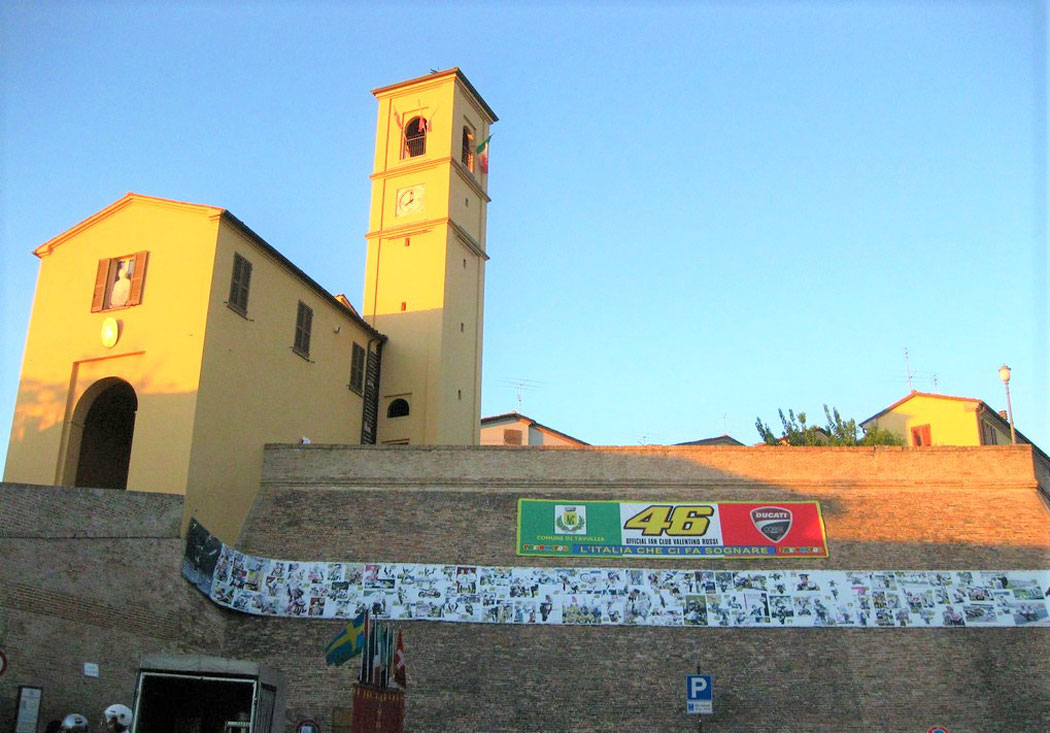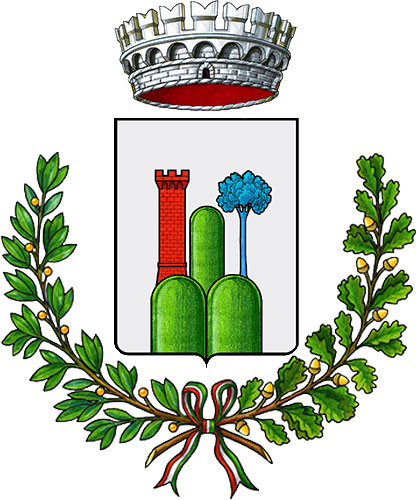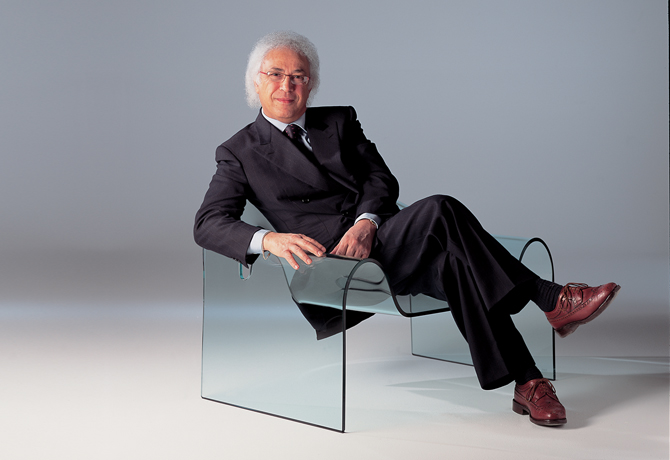

Its ancient name derived from its position, and in fact until 1940 it was called the Tomb of Pesaro, where 'tomb' in Latin means 'high ground'.
The history of this area bordering the low plain begins before the Etruscans, but we don't have many discoveries from that period. The Romans got there thanks to the conquests by Julius Caesar and then with the construction of the Via Flaminia, ordered by the consul Gaio Flaminio. This road connected Rome with Rimini crossing the Apennines in the splendid Gole del Furlo, that has now become a park. In some sections, an ancient road can be recognized that must have been in existence even prior to the improvement by the Romans.
With the fall of the Roman Empire, this territory has been conquered repeatedly by barbarians. Yet, for a long time it was under the control of the Byzantine exarchate, a form of administration with which the Eastern Roman Empire sought to recapture a part of Italy.
In the struggle between the Lombards and the Byzantines, the Pope of Rome began to raise his head and behave like a head of state. The Christian religion had already spread widely and the church had set up an organization and an international network for its faithful but at the beginning it had maintained only the religious character.
Until the seventh century, albeit with many difficulties, the territory of lower Romagna, Marche, a strip of Umbria and Lazio were under the control of the Emperor of Byzantium but with a growing influence of the Pope of Rome.
The arrival of the Lombards, and the loss of influence by Byzantium, increasingly led the popes to act as heads of state by allying themselves from time to time with someone. And it was thanks to the alliance with the Franks that the Papal State was born and since then the Popes have almost always controlled this part of the now Italian territory.
This gave rise to a great dispute over the pope's temporal power or spiritual power, and they increasingly aimed to also have administrative control of a part of Italy.
And in fact, Tavullia like the rest of Marche, has practically always been controlled by the Papal States which governed it through the concession in fief to noble families. But feudal families were sometimes rebellious by dividing into 'guelfe' and 'ghibelline' depending on whether they sided with the power of the emperor or the pope.
The current village of Tavullia, like many others in the area, was founded around the year 1000 when the population, tired of the looting by the various conquerors, sought refuge in a fortified centre on a hill below Monte Peloso.
This "Castrum Montis Pilos Tumbao" was later transformed into a castle and many battles were fought here, such as one in the hamlet of Monteluro in 1443. Tavullia was in fact on the border between the Duchy of Urbino ruled by the Montefeltro family and the Malatesta territory of Rimini who were always fighting to expand.
The battle of 1443 was won by the Malatesta who had allied themselves with the Sforza, who came from Milan. As a customary note, this family is also responsible for the construction of the Montelevecchie castle in Belvedere Fogliense where, as can be supposed from the Italian name, the 'old courtesans' were brought.
The Malatesta family ruled this area until the arrival in 1500 of Cesare Borgia, son of Pope Alexander VI, a skilful and unprejudiced leader called 'Valentino'.
Upon his death, Pope Julius II gave all this territory to the Della Rovere family as a fiefdom.
Tavullia became a fortress in Pesaro and its history followed that of the nearby city.
During the Second World War, Tavullia found itself on the Gothic Line, a German defence line that started from France and reached the Adriatic, and it was heavily bombed with the destruction of the central church and the town. Between August and September 1944, Tavullia became a key element of the story when Canadian troops broke through the Germans' defence line and forced them to retreat.
The hamlets of Tavullia are Babbucce, Belvedere Fogliense (Montelevecchie), Pavilion, Rio Salso.
Valentino Rossi, 9 times Moto GP world champion, grew up and lives in Tavullia and this cannot go unnoticed as his smiling image and his number 46 are reproduced throughout the centre of the town.








Follow us